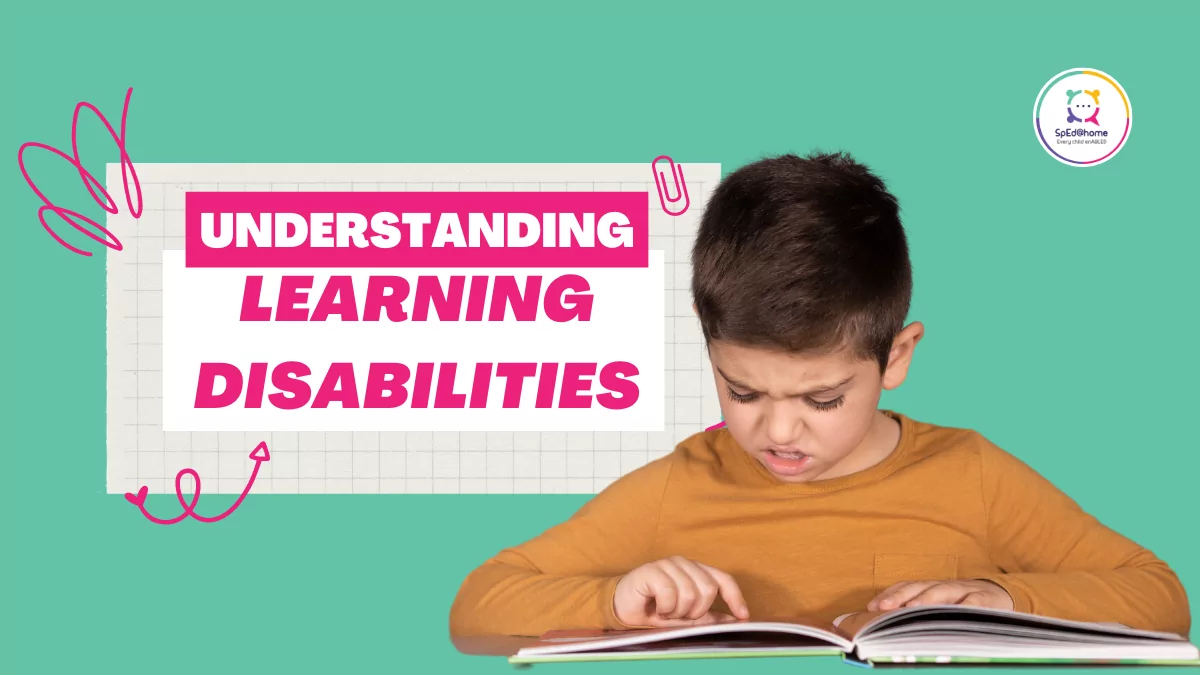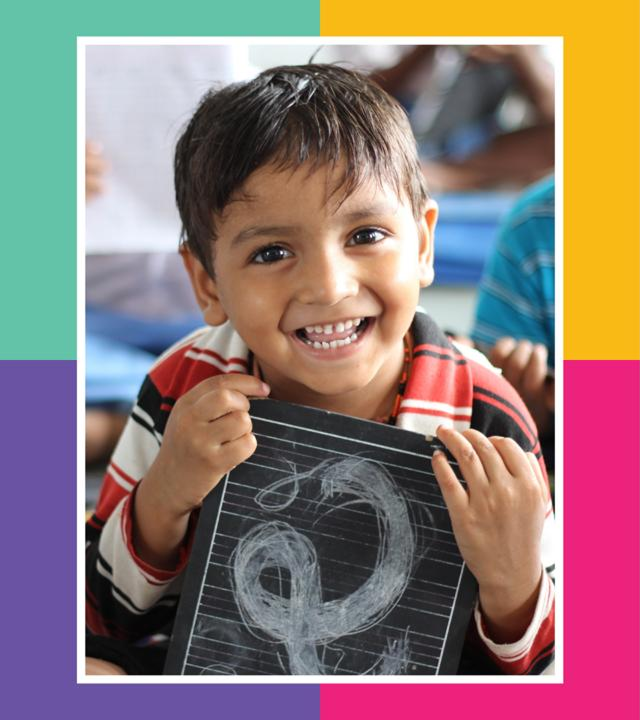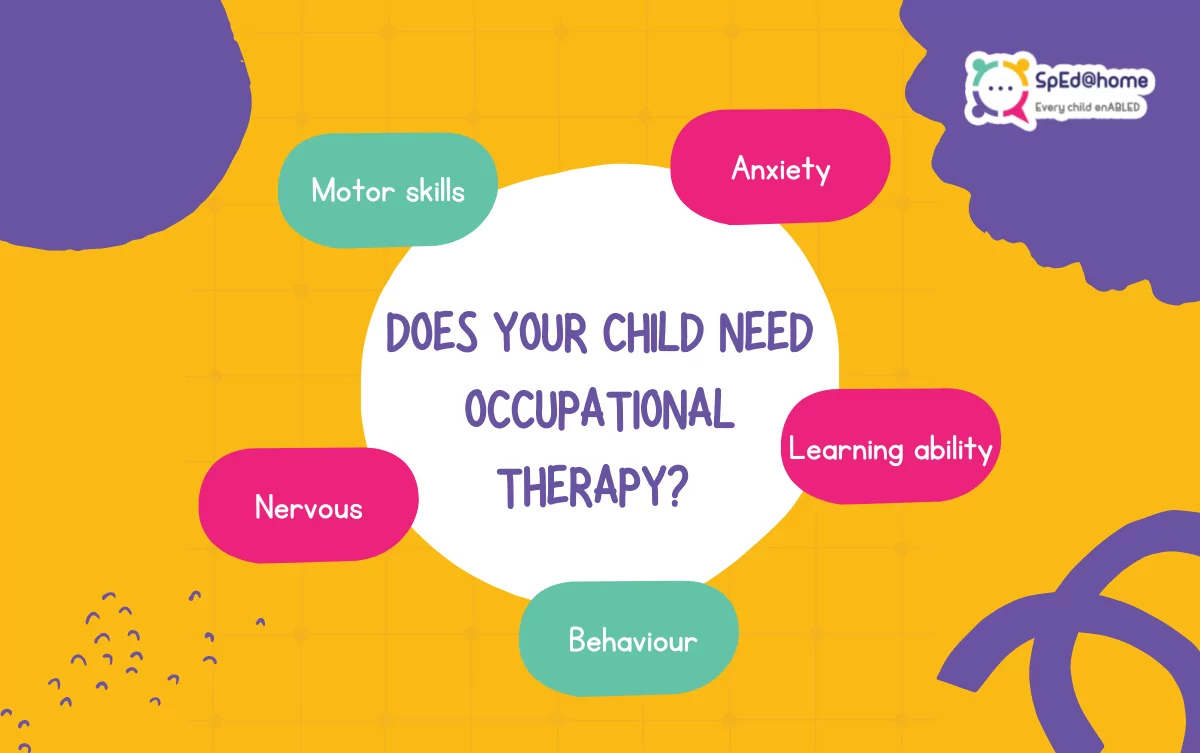Learning Disabilities (LD) are disorders that directly affect an individual’s ability to learn. This may show up in many ways like difficulty in reading, writing, and expressing themselves. However, learning disabilities are different from physical disabilities like vision or hearing impairment. Similarly, learning disability and intellectual disabilities are also not the same. There are several types of learning disabilities. Let’s understand learning disability and its different types below:
Dyslexia
Dyslexia is a learning disability that affects one’s reading skills. Children with Dyslexia find it difficult to identify sounds of certain letters, jumble up spelling, and find it hard to understand grammar.
Dysgraphia
Dysgraphia is a learning disability where a person finds it difficult to be able to write down their thoughts clearly. Children with Dysgraphia tend to have poor handwriting, have trouble writing coherent sentences, and omit words altogether. They also have trouble holding pen/pencils.
Dyscalculia
Dyscalculia refers to the learning disability where a child has trouble with math problems and calculations. For example, children with Dyscalculia may show signs of requiring a longer time to do basic calculations like counting, multiplication, addition, and subtractions. They also find it difficult to remember numbers and simple equations.
Non-Verbal Learning Disabilities
Non-verbal learning disabilities affect the brain’s right hemisphere. This leads to trouble while interpreting verbal response. Children with Non-verbal learning difficulties find it challenging to understand body language cues, lack co-ordination, and show problems in visual-spatial functions.
As listed above, there are various learning disabilities that impact a child’s ability to process and perform everyday actions. Identifying the signs of learning disabilities and early intervention can help the child manage their symptoms and perform better in inclusive or traditional classrooms.


